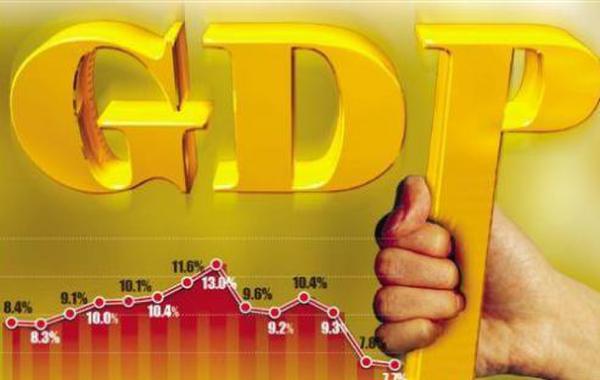

 |
Twenty-four Chinese provinces and municipalities recently set their GDP goals for 2016 during their annual sessions of People’s Congress and Chinese People’s Political Consultative Conference which help set the tone for the year ahead. Unlike in the previous year, 15 regions have adjusted their GDP growth rates downwards while six maintained the same figure as before.
Even so, most of the targets for 2016 are still higher than the expected national growth. The working conference held at the end of last year set a five-year economic growth target of at least 6.5 percent.
Chongqing, the southwestern municipality, maintained a 10 percent target, making it the only one among the 24 provinces and municipalities that kept a double-digit target.
Northwestern Shaanxi province and southeastern Fujian province, which also set targets of 10 percent last year, dropped the rate by 2 percent and 1.5 percent respectively.
Lian Ping, chief economist of Bank of Communication told Shanghai Securities News that the decline in the expected growth can be attributed to a downward pressure on the economy nationwide.
“This year the central government will focus on reducing production capacity, which will bring a lot of pressure on northeastern and central-western regions,” Lian added.
In addition, local governments aim to put more emphasis on growth quality than the rate.
More provinces and municipalities are also adopting a range-based target in 2016 for the first time.
Guangxi, Jiangsu and Shandong provinces set the range between 7.5 percent and 8 percent. For Guangdong and Zhejiang provinces, the scope is from 7 percent to 7.5 percent, while Shanghai aims at 6.5 percent to 7 percent growth.
Lian believes that two factors contributed to their decision. On the one hand, as the economy still faces uncertainties, the range-based target is more flexible. On the other hand, it shows local governments are shifting their focuses to production capacity reduction and structural adjustment.
The national growth expectation this year could also be a range-based target between 6.5 percent and 7 percent, Lian forecasted.
While most provinces across China have lowered their GDP target, the northeastern region raised the bar. Heilongjiang and Jilin provinces set the target between 6 percent and 6.5 percent, 6.5 percent and 7 percent respectively.
Lin Muxi, a professor of Liaoning University explained the “reversed” trend, saying that the northeast is expected to be motivated by a fusion of industrial capital and the financial industry, the Made in China 2025 strategy and further policies of opening up this year.
 A foreign girl explains what China should be proud of
A foreign girl explains what China should be proud of Chinese navy's air-cushioned landing craft in pictures
Chinese navy's air-cushioned landing craft in pictures Chinese pole dancing master opens class in Tianjin
Chinese pole dancing master opens class in Tianjin PLA holds joint air-ground military drill
PLA holds joint air-ground military drill Charming female soldiers on Xisha Islands
Charming female soldiers on Xisha Islands Beautiful skiers wear shorts in snow
Beautiful skiers wear shorts in snow Getting close to the crew on China's aircraft carrier
Getting close to the crew on China's aircraft carrier Chinese stewardess celebrate test flight at Nansha Islands
Chinese stewardess celebrate test flight at Nansha Islands Pentagonal Mart becomes the largest vacant building in Shanghai
Pentagonal Mart becomes the largest vacant building in Shanghai Top 20 hottest women in the world in 2014
Top 20 hottest women in the world in 2014 Top 10 hardest languages to learn
Top 10 hardest languages to learn 10 Chinese female stars with most beautiful faces
10 Chinese female stars with most beautiful faces China’s Top 10 Unique Bridges, Highways and Roads
China’s Top 10 Unique Bridges, Highways and Roads Rent a womb
Rent a womb Go princess gone
Go princess gone Sex goes high-tech
Sex goes high-tech Scholars call for a ban on churches in Confucius’ hometown
Scholars call for a ban on churches in Confucius’ hometownDay|Week